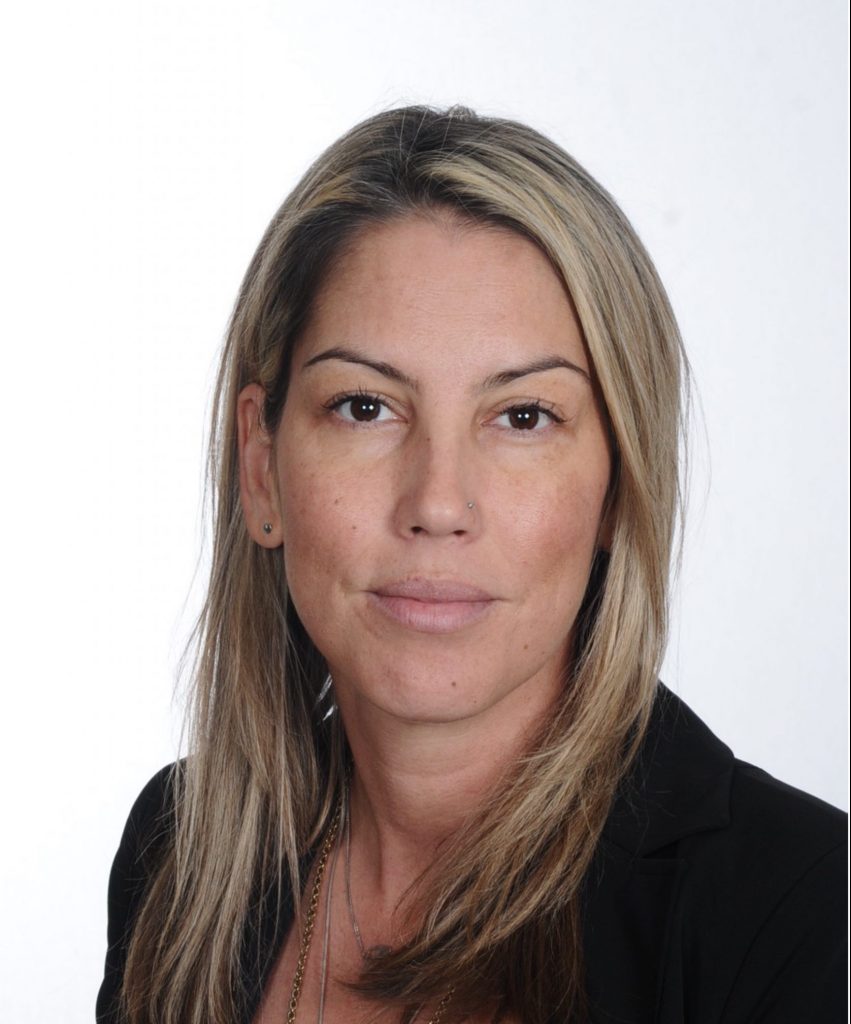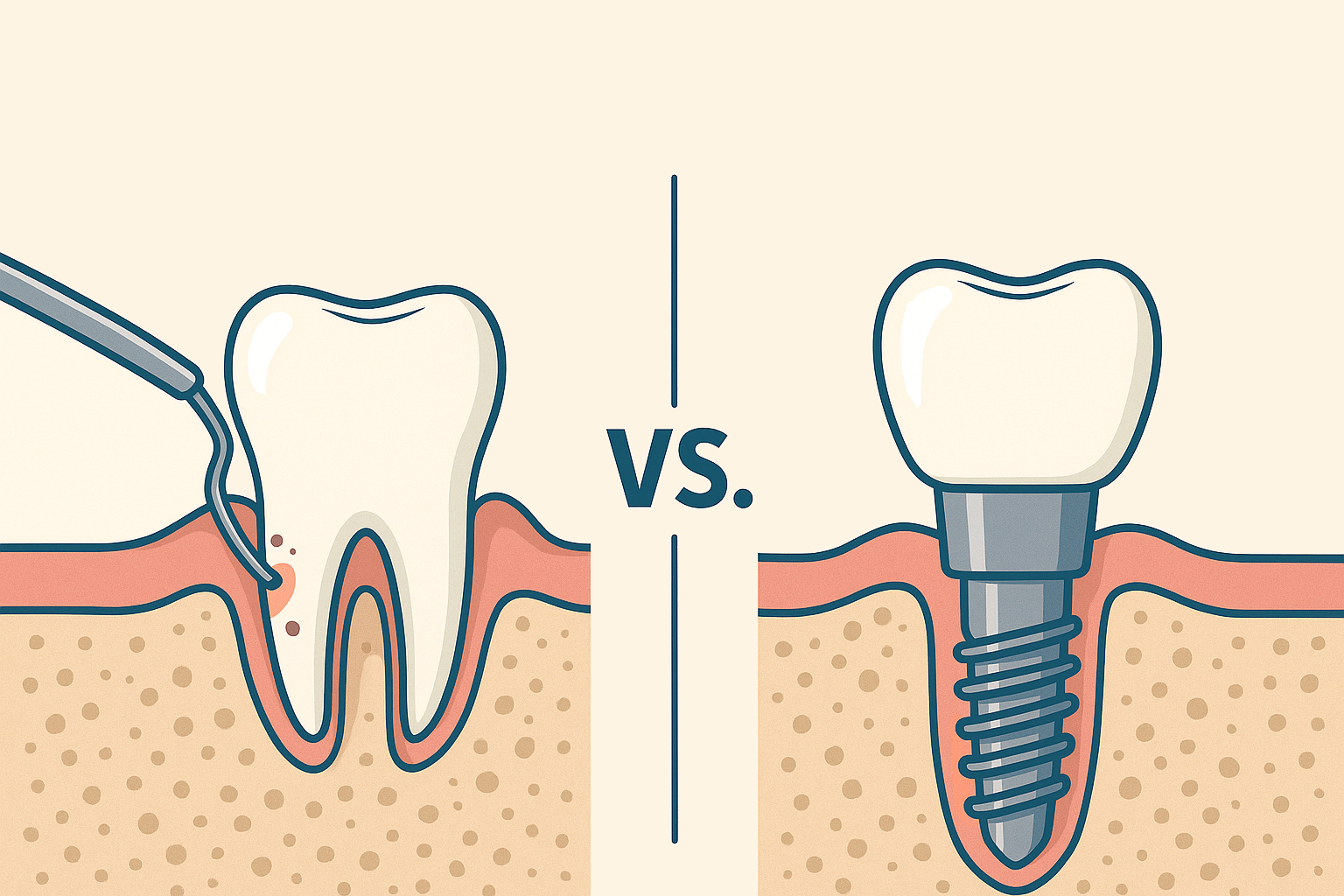Four years ago, I started a new dental clinic called dotDent with two partners in Croatia. We all had more than ten years of experience in dentistry but rather different clinical backgrounds. I had pursued an academic career up to that point specializing in prosthodontics, one of my colleagues had extensive clinical experience in a prominent group practice, and the third partner had spent the previous decade running multiple dental diagnostic centers across the region. We were set to build a general practice that focused on high quality level dentistry with a slow paced and personal approach to patients. We wanted to avoid the ”speedy dental factory” niche that was heavily present in our region due to the development of dental tourism.
One of the first obstacles we encountered was how to achieve the same constant level of quality in our work so our patients would receive the same quality of care no matter which clinician was doing their treatment. It took two years of brainstorming, going back and forth on ideas and principles that we tried to implement in our daily clinical routine.
Finally, we managed to put together a house “cook book” to create the desired working atmosphere and also level out the treatment approach.
Setting the standard for patient communication and appointment scheduling and creating a relaxed working atmosphere
We were determined to be consistent in not cancelling or moving appointments at our end. On top of that we developed an internal document where we had to specify precisely what would be done in the following appointment and how much time we would need to execute the plan. This way our receptionist had all the information necessary to create a balanced schedule. We aimed to work in a very planned manner, without a sense of hurrying, and wanted the patient to feel this during the appointment.
Once we established this it was fairly easy to implement the next step, i.e. “preventing being pressured by patients”. Very often patients pressure us to expedite the date of the next appointment, the date when they need their new teeth delivered etc. We made a unanimous decision that we were ready to lose those patients rather than losing the sustainable, relaxed workflow as we felt it benefits both us as well as them much more in the long run. Once you give up the notion that you need to work well with every client, you are left with the clientele you actually do work well with. Needless to say, our technicians appreciated the relaxed deadlines and did amazing work when relieved of the need to race against the clock.

Establishing uniform treatment planning
We needed a quorum on how radical we wanted to be in our decisions. So first of all, we set the rules on the longevity of our treatment plans in certain domains. For conservative work it was 5 years and for prosthodontics we made treatment plans visualizing our patients being set for at least 10 years. When you start thinking this way, you inevitably become more radical in your treatment plans. You don’t want to risk being soft hearted if it means complications a few years down the road.
Quality checklists for internal use
We established written clinical protocols for every given diagnosis, but for the prosthodontic and surgical workflow we established a checklist with boxes that had to be signed once the procedure was done. After a certain time, we concluded that if you have to sign your name on a procedure, you are inclined to check twice and sometimes you see things you would have missed otherwise.

Keeping track of our clinical efficiency
We developed an app for internal use that calculates the value of every procedure we do. We initially thought of doing it via the practice management software but the advantage of our novel app is that it does not take into account any discounts, payment methods, advances or debts of any kind. It is as if the patient paid every procedure “to the penny” the minute he or she got out of the chair. Once a year we evaluate the statistics that come from the app and balance our pay grade accordingly. It proved to be a very straightforward and simple way of tracking productivity. We all differ as people and similarly also have different routines as clinicians. Some of us prefer a lighter daily pace with fewer days off while others have the stamina to pull difficult shifts but afterwards enjoy a three-day weekend.
Developing policies and procedures for staff accountability
This, again, meant writing up – sometimes chronologically – how certain tasks are to be performed throughout the day, and signing your name next to the task in question. It is amazing what a difference it makes just to write down a simple thing everyone takes for granted. Assistants are held accountable for cleaning the instruments, signing the autoclavable packaging. Additionally, we organized weekly meetings with the staff in order to talk through current issues they have with running a smooth workflow.
The main takeaway is that starting your practice provides you with the freedom to develop your own practice culture. It is a big challenge and takes a lot of effort, but is also an amazing opportunity to create YOUR ideal work environment, determine YOUR target patient demographic and implement YOUR own systems in a unique way. Have fun with it and stick to YOUR vision!
Looking for more practice management information?
In 2020, the ITI teamed up with IMD Institute for Management Development – a globally top-ranked provider of executive education – to offer dental practitioners a customized, online dental practice management course that will help them to maximize their business impact. The course comprises the three fundamental components of every successful practice: Business Insights, Leadership Insights & Marketing & Customer/Patient Centricity.
In September 2021, the ITI is offering a second course cycle for practice owners and anyone looking to open a practice to pick up valuable know-how.






